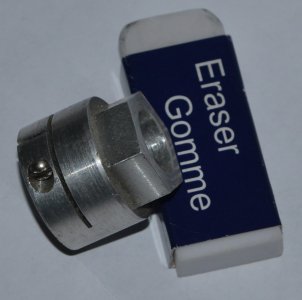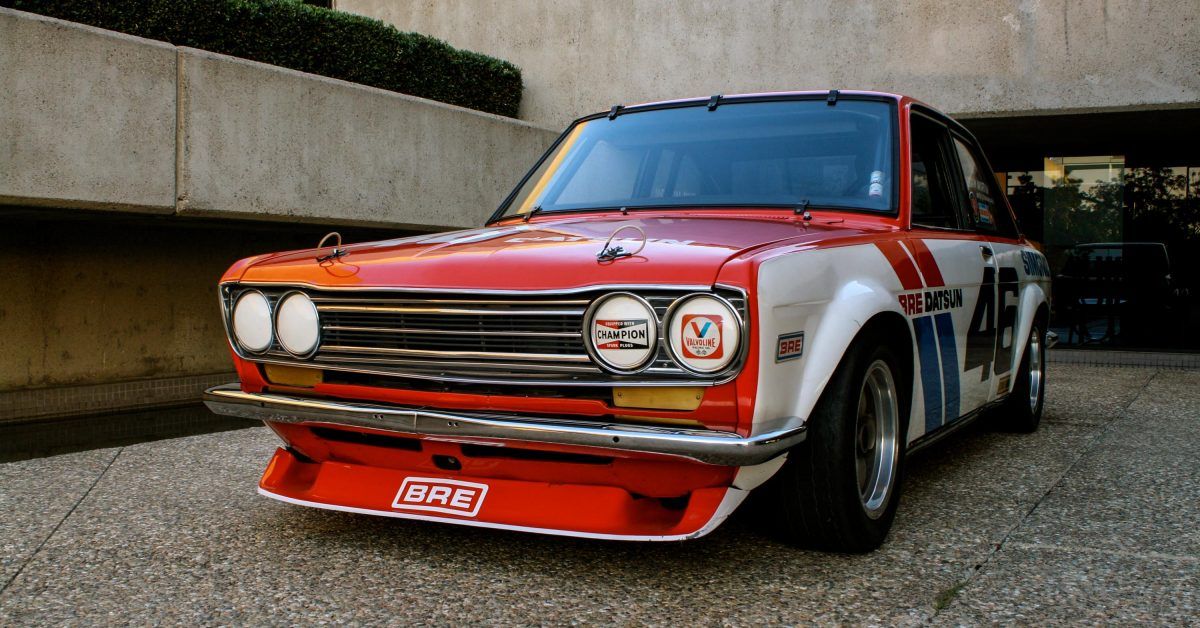Vector Warbirds
Member
Greetings! I have an ExCello 602 mill and I am thinking about installing a power knee servo. From what I have seen these mills need a more powerful unit than the run of the mill and hand cranking the ExCello compared to a Bridge you can tell the knee is harder to lift. Servo Company makes the 200 series but its over $1000 so no dice there. Does anyone here have an ExCello with a power knee and if so I would appreciate your input. I am pondering the use of a gear motor and making my own. Have been looking at E bike motors of DC 24v 250w and chain driving to the knee shaft. Ca Lem did a convert on his Bridge and looks like it works. Just kicking around ideas at this point so your thoughts are appreciated. Have watched all the Tube videos and not impressed with the cheap drives.
Cheers!
Cheers!




